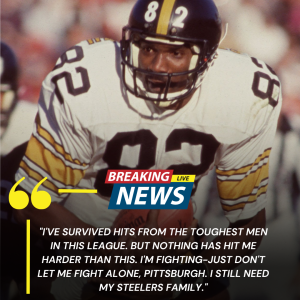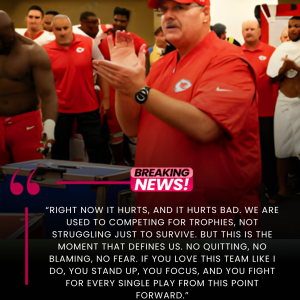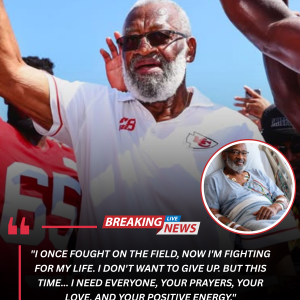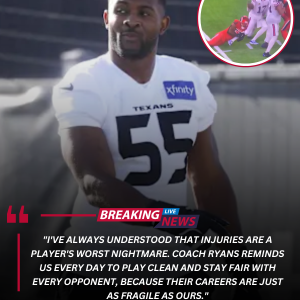
In an era where televised confrontations often fuel ratings and social media thrives on outrage, a moment of unexpected restraint from one of football’s most decorated champions has stunned audiences nationwide. On Wednesday morning, former New England Patriots quarterback and seven-time Super Bowl winner
Tom Brady calmly stood up, thanked the hosts of The View, and walked off set—an exit that has since sparked a cultural conversation about maturity, discipline, and what it truly means to lead.
There was no confrontation, no dramatic monologue, no headline-baiting remark. Just a controlled silence, a firm nod, and a quiet line that has now rippled across X and TikTok.
The interview started routinely. Brady was there to discuss TB12 initiatives, youth leadership camps, and reflections on his decades-long career. But the tone shifted when co-host Joy Behar pressed him on controversial personal topics—ranging from past relationships to political speculation—areas Brady has long avoided publicly. Her questions sharpened; the audience tensed. Brady’s expression didn’t flinch.
According to witnesses, it “began with a breath”—steady, collected, the same one fans saw before fourth-quarter game-winning drives. Under the glare of live television, Brady listened without interruption. Viewers braced for a rebuttal, maybe even a verbal counterattack. Instead, they got something else.
“You don’t have to fight every battle to prove strength,” Brady said softly. “Sometimes walking away is the strength.”
Then came the gesture: a handshake, a warm smile, and a simple
“Thank you for having me.”
No tension, no theatrics—just a graceful exit.
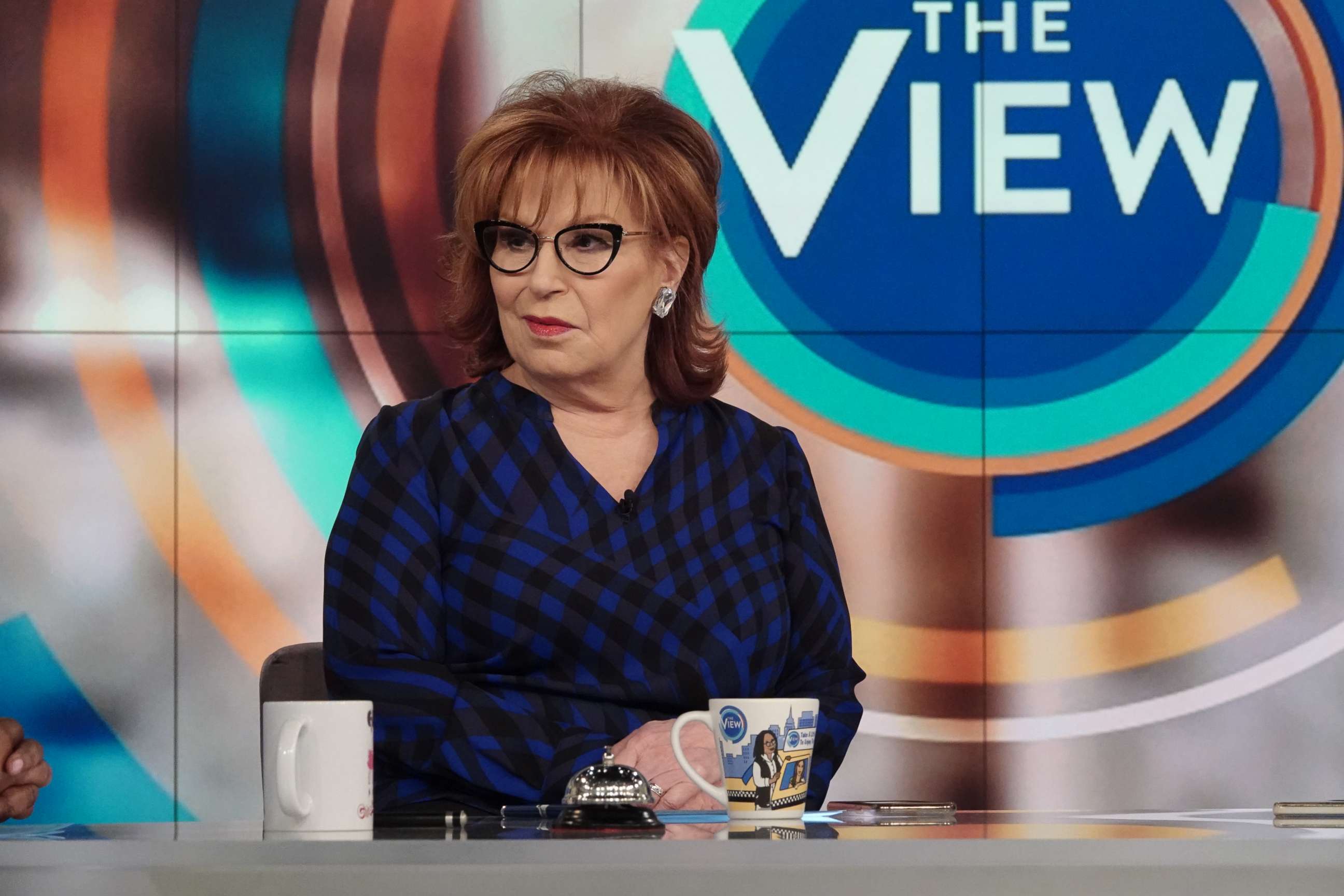
The hosts froze. The crowd fell silent. And in that moment, Brady turned a potential confrontation into a lesson on composure, timing, and choosing dignity over spectacle.
Almost instantly, the internet erupted. Clips of the moment soared into millions of views. Hashtags like #BradyWalkOff and #PatriotPoise trended globally. Fans praised Brady as the embodiment of championship discipline—and many pointed directly to where that discipline was born.
“That’s Foxborough training,” one Patriots fan wrote. “Belichick didn’t just teach him football. He taught him how to handle chaos.”
Analysts soon echoed that sentiment. Some applauded Brady for refusing to engage in what they called manufactured drama. Others framed the move as a quiet rejection of modern media’s appetite for controversy over conversation.
Sports commentators drew parallels to Brady’s career-long approach: precise, calculated, and fueled not by impulse but by purpose.
“He didn’t storm out,” one analyst said. “He managed the moment. He protected his integrity like he protected a fourth-quarter lead.”
Even public figures outside sports weighed in, contrasting Brady’s restraint with the explosive reactions that dominate talk-show viral clips. Many identified his exit not as avoidance, but as confidence forged through decades of pressure-cooker moments.
And to Patriots fans, that’s the point.
This wasn’t just Tom Brady being Tom Brady—
This was Tom Brady being the man New England helped shape.
Years under Bill Belichick, a culture built on silence-over-spectacle, and a dynasty defined by doing-your-job rather than
selling your brand—those roots showed.
“He walked out the way he walked onto the field in Foxborough: controlled, intentional, unbothered.”
By nightfall, major outlets covered the story as more than celebrity drama. It became a reminder that greatness isn’t always loud—and leadership isn’t always visible in the moment of confrontation, but in the decision not to participate in it.
Brady didn’t argue. He didn’t defend. He didn’t perform.
He embodied the Patriots ethos that shaped him: discipline over distraction, purpose over noise.
In the end, this wasn’t just a walk-off—it was a quiet stand.
One that reminded millions that sometimes character is built in stadiums, refined in film rooms, and revealed not in victory parades… but in silence.
A silence New England helped teach.
